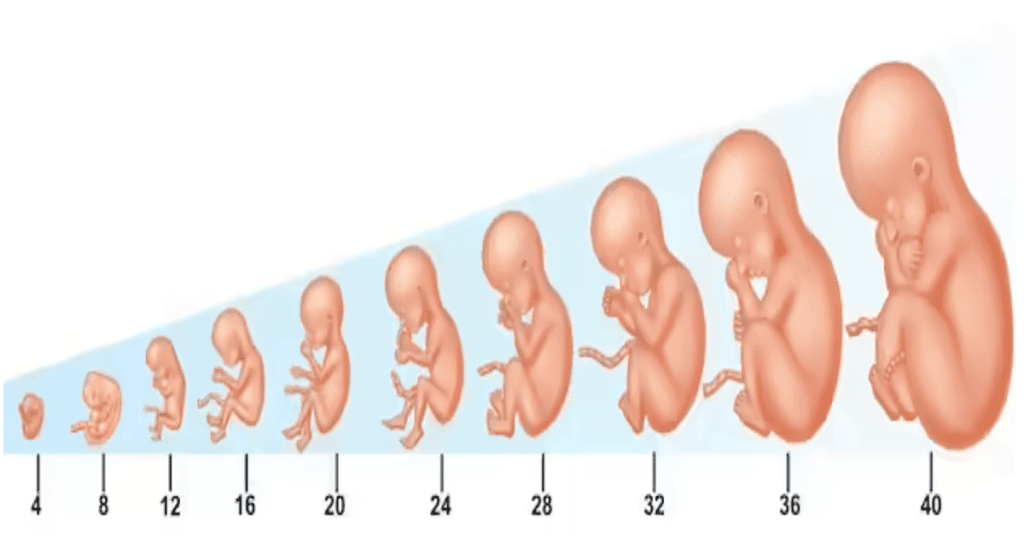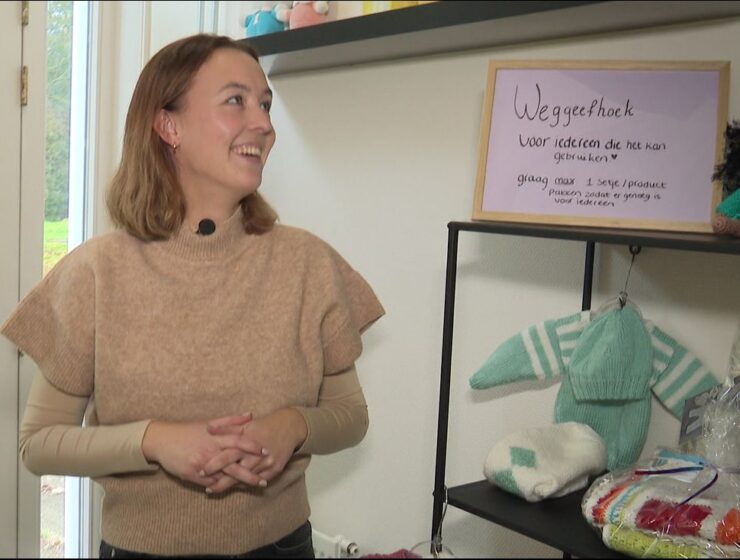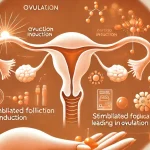Weeks 1 to 5
During the first five weeks, thousands of cells slowly develop into an embryo, which is a precursor to a baby. It is still so small that it cannot be seen with the naked eye.
During the first few weeks, the embryo (your baby) gets nutrition from your blood vessels in the uterine wall. It is therefore important to stop taking it from the start of your pregnancy smoking and drinking alcohol, because this ends up in your blood and therefore also in your child.
Week 6
From the sixth week onwards the heart of the embryo beats. This can only be seen with an internal ultrasound through the vagina. The head, neck, spine and nose can now be seen more clearly. From 6 weeks and 5 days it is visible through the abdomen with an ultrasound, on the other hand, the gestational age is sometimes not completely calculated in advance with a test. For this reason, it is wiser to have the ultrasound scan done at the earliest at 7 weeks, to avoid looking too early with an ultrasound scan.
Weeks 7 to 10
All your baby's organs are formed at 10 weeks. From now on it is important that the baby starts growing in your belly in the coming weeks, because it cannot yet survive outside the belly. If you had an ultrasound at 10 weeks and the heart was beating, the chance of a heart attack is high miscarriage only less than 2%. Your baby is 4.5 cm at 10 weeks.
Week 13
From now on, your uterus will grow more and the midwife will feel your abdomen during checks. This is to measure how big your uterus is. The midwife can also listen to the heartbeat through your abdomen. The sex of the baby is also determined between 13 and 14 weeks. Your baby is 7.5 cm at 13 weeks.
Week 18
From 18 weeks you may feel air bubbles in your stomach. These are your baby's first movements. Don't you feel this yet? That's okay. Most women don't feel the baby move until 24 weeks. Your baby is 20 cm at 18 weeks.
Week 20
From now on you may have the feeling of butterflies in your stomach or rumbling in your intestines. These are your baby's movements. Even now, it doesn't matter if you haven't felt this yet. Your belly will now slowly start to grow slightly and this will be visible on the outside. Your uterus extends approximately below your belly button. Your baby is 25 cm at 20 weeks.
Week 24
Your uterus now reaches above your navel. The baby starts to recognize your voice and that of the environment. If you place your hands on your stomach, you may feel your baby's movements in response. Your baby is now 32 cm.
Week 28
The baby is now viable, but is still best off in your belly.
Week 34
Your baby will have less and less space and will lie with its head or buttocks down. Your uterus now almost reaches your costal margin (the bone between your breasts), so you can sometimes feel some stitches under the center of your breasts.
Week 36
The baby will now sink further down. We call this descent. Your baby is now 45 cm. If you give birth now, this will happen in the hospital because extra monitoring of the baby is required.
Week 37
From now on you can give birth at home. The baby now has little space left and the movements you feel will feel softer. It should not be less often that you feel your baby. Is this true? Then call your midwife.
Week 40
This is the week in which it is predicted that you will give birth. Experience shows that this is usually not the case. It's okay if the baby hasn't been born yet.
Week 41
From now on, there is still one week to wait to see if labor starts spontaneously. The baby still has sufficient nutrition and oxygen. The midwife can help to induce labor by running her fingers internally along the baby's head, this is called stripping. Your baby is now 50 cm.
Week 42
In the Netherlands, labor is induced in the hospital at 42 weeks. This is because the baby's health is better off outside the belly than inside the belly. This week you will give birth in the hospital.








